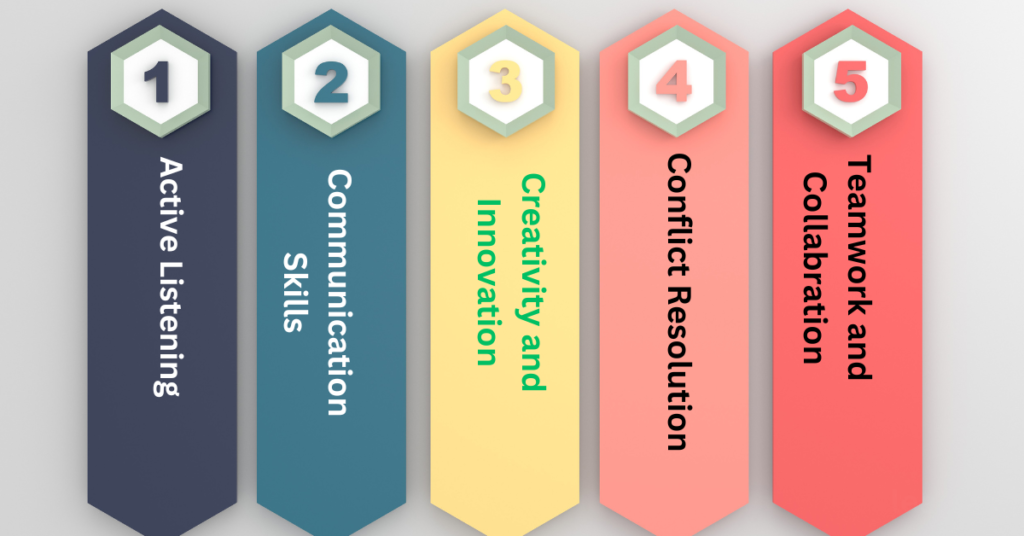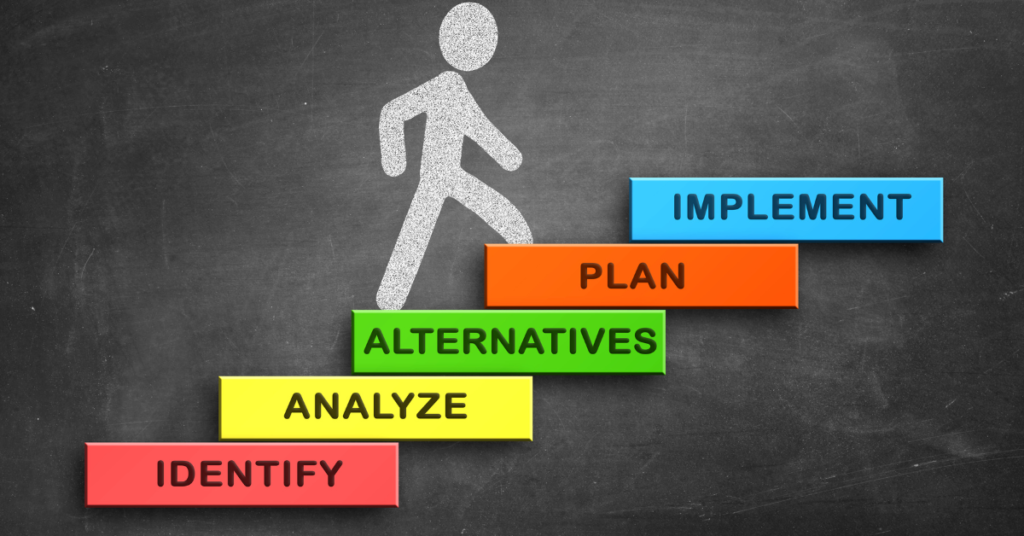
Problem-Solving Skills in the Hospitality Industry with Examples
admin
- 0

What Are Problem-Solving Skills?
Before becoming a good problem solver, it’s important to understand what problem-solving skills are. Problem-solving skills involve the ability to recognize issues, create and assess alternative solutions, and implement ideas for resolving those issues. A strong problem solver is proactive in identifying the root cause of an issue and works collaboratively with others to evaluate several options before selecting the best course of action. in this blog, we will understand and explore what are Problem-Solving Skills in the Hospitality Industry.
Top 5 Skills for Problem-Solving in the Hospitality Industry

Active Listening: The priority is understanding the customer’s concerns. An active listener pays full attention, asks interactive questions, and ensures the guest feels valued during their stay.
Communication Skills: Clear and effective communication is essential for delivering good messages or suggestions, providing solutions, and avoiding misunderstandings among guests and team members.
Creativity and Innovation: Creative thinking plays a vital role in developing unique and acceptable solutions. For example, offering complimentary or personalized gestures towards guests can create a positive impression.
Conflict Resolution: In the service-driven industry, handling conflicts diplomatically and politely is crucial. Finding solutions that satisfy everyone and resolving conflicts quickly can ease stress and restore peace.
Teamwork and Collaboration: Solving problems also requires effort and collaboration from various departments. Strong collaboration ensures smooth operations and quick resolution of issues.
How to Improve Problem-Solving Skills in the Hospitality Industry
To enhance your problem-solving abilities in the hospitality industry, you need to:
- Define the issue clearly and accurately.
- Collect relevant information and data.
- Generate potential ideas and alternatives.
- Analyze and choose the best option.
- Implement the solution effectively.
Real-Life Scenarios in Problem-Solving Context
Handling Overbookings
Hotels often face overbooking issues during peak seasons. Problem-solving skills can help find alternate solutions, such as collaborating with nearby hotels for accommodations and offering complimentary services to ease guests’ dissatisfaction.
Special Dietary Requests
Restaurants need to be ready to serve customers with food restrictions or allergies. This requires quick thinking to provide suitable alternatives and clear communication with the kitchen staff.
Event Management Hiccups
To successfully run an event, it’s essential to have backup plans for emergencies, such as when equipment fails during the event. Proactive problem-solving ensures smooth execution.
Three Golden Steps to Implement in Problem Solving

Identify
Recognition is the first step in problem-solving, as it helps you understand the actual context of the issue. For example, you might ask yourself: Is income decreasing due to a new strategy or because of seasonality? Is there a problem with staff members?
After recognizing the problem, the next step is analysis, which helps identify potential solutions. The purpose of the analysis is not just to sort out the problem but to find the best solution.
Decision-Making
Once you have identified the problem and potential solutions, the next step is to determine the best course of action. Decision-making helps you choose the solution most likely to lead to success.
Problem-Solving Skills Resume Sample
Experience:
Guest Relations Executive (GRE)
Hyatt Hotel, March 2022 – August 2023
Resolved: Implemented prompt, individualized solutions to address over 400 guest issues, achieving a 98% satisfaction rate as shown in post-stay surveys.
Developed: Created a new restaurant feedback system, helping the food and beverage staff improve menu offerings and increasing actionable guest feedback by 50%.
Cover Letter Sample
Dear Hiring Manager,
To provide outstanding customer service in the hospitality sector, solving problems is essential, and I have honed this skill throughout my career. For example, while working at Hyatt Hotel, I noticed several complaints about lengthy wait times during check-in. Together with my team, I developed and implemented a pre-check-in system that reduced wait times by an average of 15 minutes per guest. This not only increased guest satisfaction but also made the front desk operations more efficient during busy times.
I look forward to bringing this proactive, problem-solving approach to [Hotel Name], ensuring smooth operations and exceptional guest experiences.
Example of a STAR Method Interview Response
Question: Could you give an example of a time when you resolved a significant issue in the hotel industry?
Situation: A VIP guest arrived at Hyatt Hotel only to find that their desired room was unavailable due to an unexpected service issue.
Task: My top priorities were to ensure the guest’s stay remained exceptional and to resolve the problem quickly.
Action: In less than 30 minutes, I worked with the service and housekeeping teams to prepare an upgraded suite. Meanwhile, I escorted the guest to the suite, offered free beverages at the lounge, and apologized with a special meal voucher.
Result: The guest was satisfied with the prompt response and went on to write a positive review, highlighting the staff’s attentiveness.
How to Display Your Problem-Solving Skills Like a Pro on Your Resume
- Use decisive verbs like “analyzed,” “resolved,” “innovated,” or “implemented” to describe your actions.
- Emphasize outcomes: Highlight the benefits of your problem-solving efforts, such as increased productivity or cost savings.
- Provide specific examples: Share real-life examples of problem-solving, ideally relevant to the position you’re applying for.
- Adapt to the job description: Tailor your examples to align with the key responsibilities of the role.

